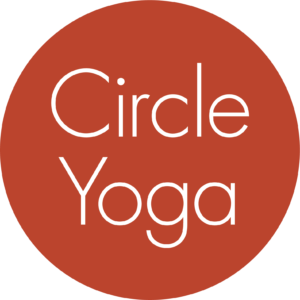October 2010
Dear Friends,
One of the joys of having older children is that we learn so much from them. This summer, one of my daughters read an inspiring book, Half the Sky: Turning Oppression into Opportunity for Women Worldwide and recommended that I read it also. Reading that book started me on a journey toward a deeper understanding of some of the most painful and difficult issues we face today, including the sex trafficking of young women around the world. My sister then recommended that I watch the film Very Young Girls. It documents the struggles of many young girls in New York City who have been coerced into prostitution from the age of 13 or 14.
Watching Very Young Girls reminded me of the first time I went to the Holocaust Museum. Before I visited the museum, I could not understand how something like the Holocaust could have happened. As a result, up until that visit, the Holocaust wasn’t entirely “real” in my mind. After spending many hours studying the museum exhibits, I started to understand the conditions and mindset that could lead to such a horrific series of events, and so it became much more real to me. And it was the same way with this movie. I began to understand how young girls are pushed into such miserable situations because they are longing for a kind of stable “family”, material goods that they hadn’t been able to afford, and a deep fear of being harmed or killed if they leave.
I fell asleep right after watching the movie, and I awoke in the middle of the night with a horrible nightmare. In my dream, a mother killed her teenage daughter out of anger because the daughter was desperately clinging to her and demanding care and attention that the mother was unable to give because of her own unhappiness and difficulties. In the dream, and even after I awoke, I wasn’t able to determine if I had been the daughter, the mother, or just the observer of the events. It was as if I had been playing all three of the parts in the dream, and experiencing the desperation of the daughter’s desire for closeness, the frustration and fears of the mother, and the shock and horror of the observer. And in a way, I believe that this is the truth of life. It’s what Thich Nhat Hanh calls interbeing, or nonself. I am the daughter, the mother, and the observer. And in the same way, I am also the young prostitute who wants to be loved, her mother and father who don’t know how to respond to her, the pimp who is looking for power and respect, and the woman who watches the movie from her safe home and feels compassion and a desire to help.
If I had been raised with the same conditions and the same situations, I would most likely behave in the same ways as the men and women in the movie. The Buddhataught, “This is, because that is.” Without the conditions in their families, their societies, and in the world, and without the existence of the pimps and the johns, the prostitute would not exist. Thich Nhat Hanh describes interbeing in this way: “Because the sunshine is, the sheet of paper is. Because the tree is, the sheet of paper is. You cannot be by yourself, alone. You have to interbe with everything else in the cosmos. That is the nature of interbeing.”
So our practice, whether it’s asana, pranayama, mindfulness, sitting meditation, walking meditation or something else, is our true work, and is what we cultivate in order to support the changes we want to see happen. When we encounter a difficult person, can we shift our mindset so that instead of having the intention to make our point, we have the intention to be respectful and leave the other person feeling valued? When we meet with obstacles, in yoga class or outside of class, can we still bring our most beautiful and caring selves forward? The more we cultivate our own freshness and compassion, the more we are offering that freshness and beauty to the world, including those who are suffering throughout the world.
And we don’t have to do any of this alone. Together, as a sangha, a community of practice, we can support each other. As we deepen and strengthen our practice, we can make even more of a difference in this world — one breath, one asana, or one step at a time.
with much love,
annie.
